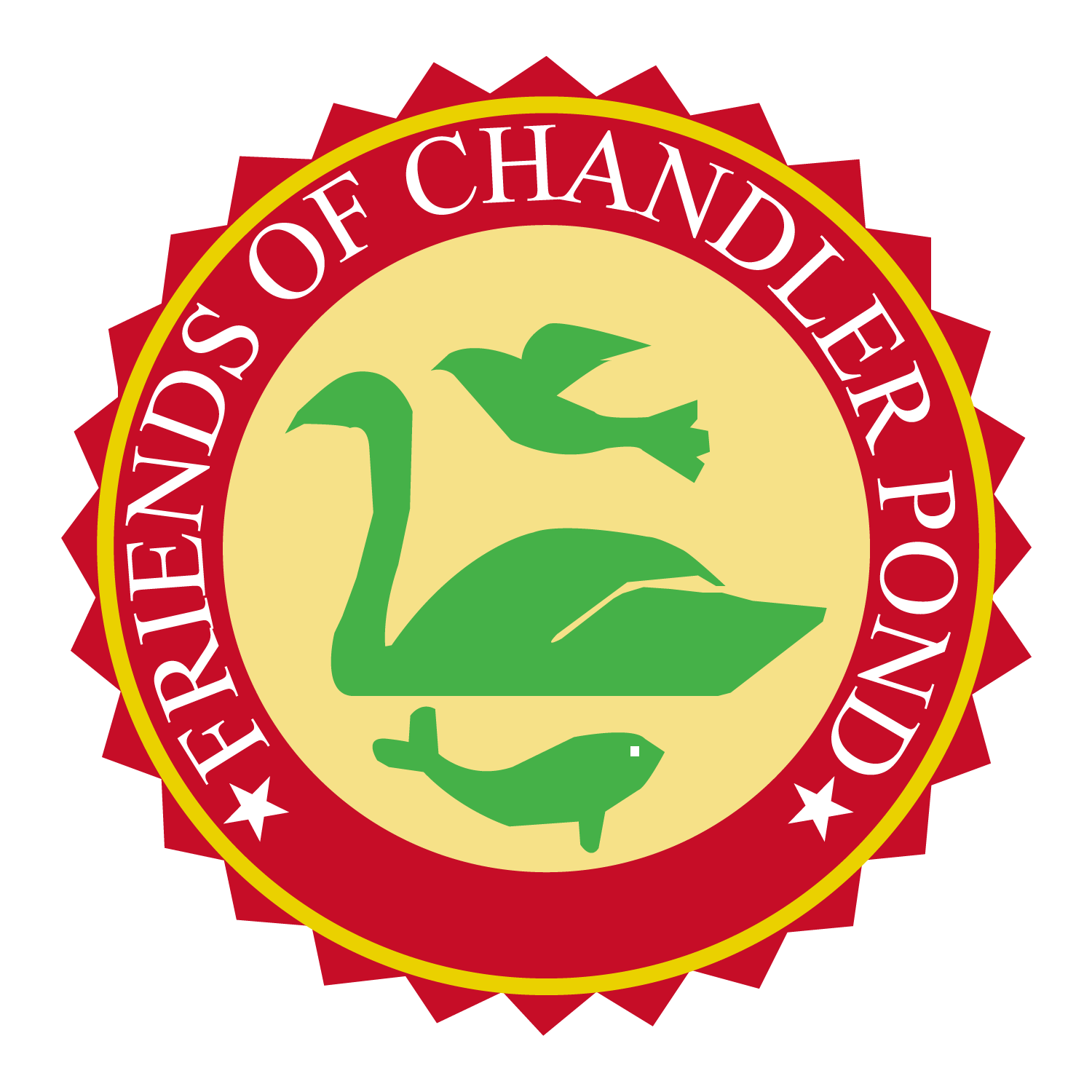by Bill King
Twenty-one years ago, in 1999, Chandler Pond was dredged, thus preventing it from becoming a stinky, filthy swamp. Massachusetts State Rep. Kevin Honan helped the Chandler Pond Preservation Society obtain the bulk of the funds.
A few years later, in 2004, the invasive aquatic plant Eurasian watermilfoil showed up in the Pond.
Eurasian watermilfoil is a pesky invasive that has no natural predators here and can overtake native plants, cover the surface, and harm the fish. It is a beautiful plant, with delicate filigree, that was previously sold for home aquariums. But when emptied into ponds, it wreaks havoc, and its sale is now outlawed. Although the seeds are not viable in New England, watermilfoil clones itself here. It releases 6-inch fragments, “clones”, which float for awhile, grow roots, and then sink to the bottom. In a flowing river, watermilfoil does not grow to the density that it can in a pond like Chandler Pond.
To address the watermilfoil level, in 2005, the Boston Parks and Recreation Department arranged for Chandler Pond to be treated with the chemical Sonar (fluridone).
Unfortunately, Eurasian watermilfoil can never be completely eradicated. So, using small rakes, rowboats, kayaks, rubber chest waders and occasionally snorkels, volunteers from Friends of Chandler Pond (Chandler Pond Preservation Society) hand-picked the watermilfoil survivors that we could find.
In 2008, State Reps. Mike Moran and Kevin Honan and former State Senator Steve Tolman fought to obtain a $20,000 earmark for current and future treatments of the pond. However, despite their hard work, the final state budget did not include it. Nevertheless, the treatments were still performed on June 19 and July 15, 2009. The Boston Parks and Recreation Department paid $5,000 and the Chandler Pond Preservation Society paid $970.
In 2014, a third set of chemical treatments was performed, funded by the BPR.
Our neighboring Newton Commonwealth Golf Course now has Eurasian watermilfoil in Dana Brook and the cement irrigation pool -presumably spread by geese or ducks from Chandler Pond or the Chestnut Hill Reservoir. An underground pipe connects the golf course to the northwest corner of Chandler Pond. This pipe allows the watermilfoil, as well the non-native invasive, but easily hand harvested, waterchestnut, to come back from the treatment faster than it would have otherwise.
In May 2016, the input of watermilfoil from the golf course was drastically reduced when a wire screen with a half inch mesh was installed in the shallow water at Chandler Pond’s inlet. However, this screen needs to be cleared regularly by volunteers or it fills up and the weeds will then flow around it into the pond. New volunteers are always welcome!
The manager of Newton Commonwealth Golf course, David Stowe, hopes to receive permission from the Newton Conservation Commission for a spring 2020 chemical treatment. But until then, the Pond still needs help from volunteers to keep it free from watermilfoil.
The good news is that, thanks to many dedicated volunteers, Chandler Pond also has native aquatic flowering plants such as coontail (hornwort), elodea, lesser duckweed, and small pondweed in or on the water. Also there is a lot of the alien, but not very problematic, curly pondweed, and also lower plants such as algae and moss.
An image of Eurasian watermilfoil is displayed on the kiosk on Lake Shore Rd, and everyone is encouraged to report sightings to the Friends of Chandler Pond or to pick out and discard any noticed watermilfoil from the shore line.


